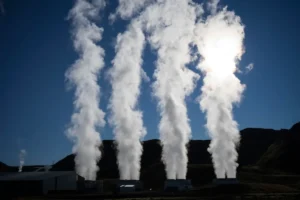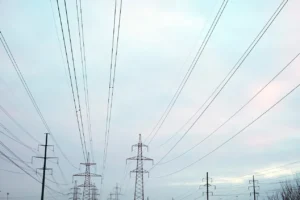Tapping the Heat Beneath Our Feet
EcoTech Note: Geothermal power may be a breakthrough clean energy story of the next decade—but only if it survives the gauntlet ahead. In this essay, associates at a venture capital fund connect the dots: costs to build and operate geothermal are dropping fast, pioneers are struggling through the financing “Valley of Death,” and smarter public policy—especially streamlined permitting or strategic incentives—could tip the balance and unleash a new wave of clean, reliable power.
As 2024 wrapped, reporters declared it a breakout year for next-generation (“next-gen”) geothermal and the year of enhanced geothermal’s rise. In 2025, the momentum continues, with geothermal deemed …












